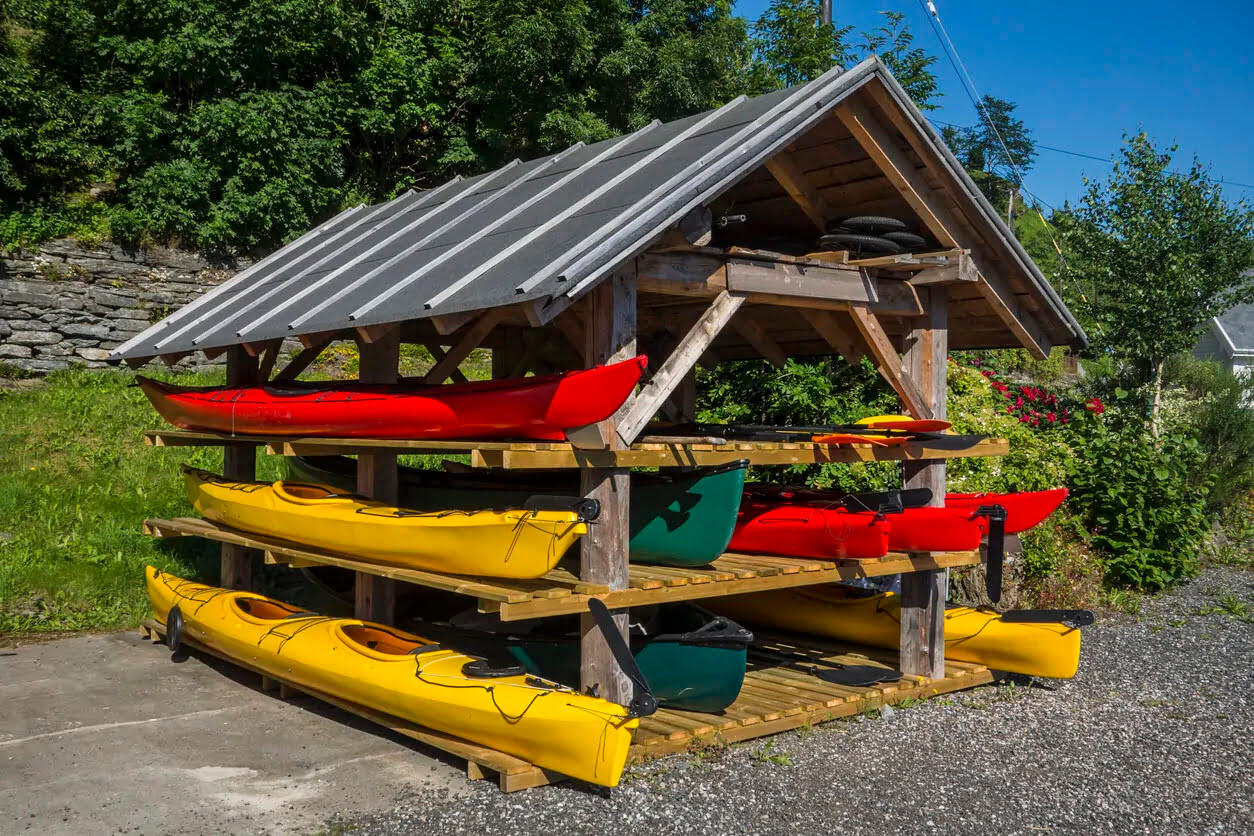

Articles
How To Store Kayak Outside
Modified: January 7, 2024
Learn the best practices for storing your kayak safely outside with these helpful articles. Protect your investment and ensure your kayak stays in great condition.
(Many of the links in this article redirect to a specific reviewed product. Your purchase of these products through affiliate links helps to generate commission for Storables.com, at no extra cost. Learn more)
Introduction
As an avid kayak enthusiast, one of the most important aspects of owning a kayak is knowing how to properly store it when it’s not in use. While many kayaks are designed to withstand outdoor elements, improper storage can lead to damage and decrease the lifespan of your kayak.
In this article, we will discuss the best practices for storing your kayak outside. From choosing the right outdoor storage location to cleaning and preparing the kayak, as well as covering and protecting it, we’ll cover all the necessary steps to ensure your kayak remains in pristine condition.
Whether you’re a seasoned pro or just getting started with kayaking, these tips will help you keep your kayak safe, secure, and ready for your next adventure.
Key Takeaways:
- Properly storing your kayak outside is crucial for maintaining its longevity and performance. Choose the right location, clean and protect it, secure it in place, and conduct regular maintenance to ensure years of paddling enjoyment.
- Selecting an appropriate outdoor storage location, cleaning and preparing the kayak, covering and protecting it, securing it in place, and conducting regular inspections are essential steps for preserving your kayak’s condition and maximizing its lifespan.
Read more: How To Store A Kayak Outside
Choosing the Right Outdoor Storage Location
When it comes to storing your kayak outside, selecting an appropriate storage location is crucial. Here are some key factors to consider:
- Protection from the Elements: Look for a location that offers protection from direct sunlight, rain, and extreme temperatures. Prolonged exposure to sunlight can fade the color and weaken the materials of your kayak, while rain and extreme temperatures can cause warping or cracking.
- Avoiding High Traffic Areas: Try to find a spot that is away from high traffic areas to minimize the risk of accidental damage. Kayaks can be easily bumped or tripped over, so keeping it in a low-traffic area will reduce the chance of any mishaps.
- Airflow: Opt for a location that allows for proper airflow around the kayak. This will help prevent the growth of mold or mildew, which can thrive in a damp and stagnant environment.
- Accessibility: Consider how easily accessible the storage location is for you. You’ll likely need to transport your kayak to and from the storage area, so choosing a convenient spot will make the process more efficient.
Some ideal storage locations may include a covered patio, a shed or garage, or even a specially designed kayak storage rack. If none of these options are available, you can also consider investing in a kayak cover or tarp to provide additional protection.
By taking these factors into account, you can select a storage location that will keep your kayak safe from the elements and reduce the risk of accidental damage.
Cleaning and Preparing the Kayak for Outdoor Storage
Before storing your kayak outside, it’s important to give it a thorough cleaning to remove any dirt, sand, or debris that may have accumulated during your last adventure. Here’s a step-by-step guide to help you properly clean and prepare your kayak:
- Rinse off the kayak: Start by rinsing the kayak with fresh water to remove any saltwater or contaminants. Use a hose or a large bucket of water and a sponge to gently wash away any dirt or grime.
- Use a mild soap: If the kayak is still dirty, you can use a mild soap specifically designed for cleaning kayaks or a mild dish soap mixed with water. Avoid using harsh chemicals or abrasive materials that can damage the kayak’s surface.
- Scrub and rinse: Use a soft-bristle brush or sponge to scrub the kayak gently, paying close attention to any stubborn stains or marks. Rinse thoroughly with fresh water to remove any soap residue.
- Dry the kayak: After cleaning, allow the kayak to air dry completely before storing it. Make sure to dry both the interior and exterior of the kayak to prevent any moisture from getting trapped and causing mold or mildew.
- Inspect for damage: Take this opportunity to inspect your kayak for any signs of damage, such as cracks, dents, or loose fittings. If you notice any issues, make necessary repairs before storing the kayak to prevent further damage.
- Remove accessories: Before storing, remove any detachable accessories such as paddles, seat cushions, or fishing gear. Clean and store them separately to ensure they remain in good condition.
By properly cleaning and preparing your kayak for outdoor storage, you’ll keep it free from dirt and damage, ensuring it remains in optimal condition for your next paddling excursion.
Covering and Protecting the Kayak
Once your kayak is clean and dry, it’s time to cover and protect it from the outdoor elements. Here are some tips to help you keep your kayak safe and well-protected:
- Invest in a kayak cover: Consider purchasing a specifically designed kayak cover or tarp to shield your kayak from dust, debris, and UV rays. Make sure the cover fits properly and securely over your kayak to provide maximum protection.
- Use padding: To prevent any scratches or dents during storage, place foam padding or pool noodles along the edges of your kayak. This will act as a cushion and protect it from accidental bumps or impacts.
- Elevate the kayak: If possible, elevate your kayak off the ground using storage racks or stands. This will further protect it from potential damage caused by moisture, pests, or uneven surfaces.
- Consider a storage shed or garage: If you have the space available, storing your kayak in a shed or garage provides an extra layer of protection from the elements. It helps maintain a stable temperature and reduces exposure to sunlight and extreme weather conditions.
- Rotate the kayak: Periodically rotate the position of your kayak to ensure even UV exposure. This helps prevent any potential fading or damage caused by prolonged exposure to direct sunlight.
- Secure the cover: Make sure that the cover is securely fastened to prevent it from blowing off or shifting during windy conditions. Use straps or bungee cords to secure the cover tightly around the kayak.
By following these steps, you can effectively cover and protect your kayak from the outdoor elements, ensuring its longevity and preserving its appearance.
To store a kayak outside, use a kayak cover to protect it from the elements, and store it upside down to prevent water from collecting inside. Additionally, consider using a lock or security system to prevent theft.
Securing the Kayak in Place
Once your kayak is covered and protected, it’s important to secure it in place to prevent any movement or potential damage. Here are some tips on how to securely store your kayak outdoors:
- Use straps or tie-downs: Secure the kayak to a sturdy structure, such as a wall, fence, or kayak storage rack, using straps or tie-downs. This will prevent it from tipping over or being knocked around by strong winds or other external factors.
- Anchor system: If you live in an area prone to high winds or storms, consider investing in an anchor system. This will help keep your kayak in place during inclement weather, minimizing the risk of damage or displacement.
- Locking mechanism: If you’re concerned about the security of your kayak, consider using a locking device to deter theft. There are various lock options available specifically designed for kayaks, such as cable locks or locking straps.
- Secure the accessories: Ensure that any detachable accessories, such as paddles or fishing gear, are securely stored and not left loose on or around the kayak. This will prevent them from being lost or damaged during storage.
- Regularly tighten straps: It’s important to regularly check and tighten the straps or tie-downs holding your kayak in place. Over time, straps may loosen due to weather conditions or general wear and tear. By ensuring they’re tight and secure, you can prevent any unnecessary movement.
By taking these precautions and securing your kayak in place, you can have peace of mind knowing that it’s protected from potential damage or theft.
Read more: How To Store Kayaks Outside In Winter
Regular Inspections and Maintenance
To ensure the long-term durability and performance of your kayak, it’s essential to conduct regular inspections and maintenance, even when it’s stored outside. Here are some important steps to follow:
- Inspect for damage: Regularly inspect your kayak for any signs of damage or wear and tear. Look for cracks, dents, or loose fittings. If you notice any issues, take prompt action to repair or replace the damaged parts.
- Patch up any holes: If you find any small holes or punctures in the kayak’s hull, use a kayak repair kit to patch them up. This will help maintain the integrity of the kayak and prevent any water leakage during future use.
- Check the storage environment: Periodically assess the storage environment for any changes or potential issues. Look for signs of pests, water leaks, or excessive humidity. If necessary, make adjustments to ensure the storage area remains clean, dry, and pest-free.
- Clean and dry the kayak: Occasionally clean and dry your kayak, even during storage. This helps prevent the growth of mold, mildew, and bacteria. Additionally, it helps to remove any dust or debris that may have settled on the kayak’s surface.
- Inspect the cover: Check the kayak cover for any signs of wear or damage. Make sure it’s still secure and providing adequate protection. If needed, replace the cover to maintain optimal protection for your kayak.
- Rotate the kayak: Every few months, rotate the position of your kayak to ensure even weight distribution. This helps prevent any warping or distortion caused by prolonged storage in one position.
- Keep an eye on the weather: Stay informed about upcoming weather conditions, especially during extreme weather events. If severe weather is expected, consider moving your kayak to a more protected area or taking extra precautions to secure it properly.
By conducting regular inspections and performing necessary maintenance, you can prolong the lifespan of your kayak and keep it in optimal condition for years to come, even when stored outside.
Conclusion
Properly storing your kayak when it’s not in use is essential for maintaining its longevity and ensuring that it’s ready for your next adventure. Storing your kayak outside requires careful consideration of the storage location, cleaning and preparation, covering and protection, securing in place, as well as regular inspections and maintenance.
By choosing the right outdoor storage location, such as a covered patio or a shed, you can protect your kayak from the elements and reduce the risk of accidental damage. Additionally, cleaning and preparing your kayak before storage helps to remove dirt and debris and prevent any moisture-related issues.
Covering and protecting your kayak with a well-fitted cover, using padding to prevent scratches, and elevating it off the ground further safeguard it from potential damage. Securing the kayak in place, whether using straps, tie-downs, or an anchor system, ensures it remains stable and protected from strong winds or theft.
Regular inspections and maintenance are crucial to identify any damage or wear and tear, address water leaks or pests, and keep your kayak in top condition. By following these guidelines, you can enjoy your kayak for years to come, knowing that it’s well-cared for and ready for your next paddling adventure.
Remember, storing your kayak properly is not only about preserving its physical condition but also about safeguarding your investment and maximizing its performance on the water. So take the necessary steps to protect your kayak and enjoy countless hours of paddling pleasure.
Frequently Asked Questions about How To Store Kayak Outside
Was this page helpful?
At Storables.com, we guarantee accurate and reliable information. Our content, validated by Expert Board Contributors, is crafted following stringent Editorial Policies. We're committed to providing you with well-researched, expert-backed insights for all your informational needs.
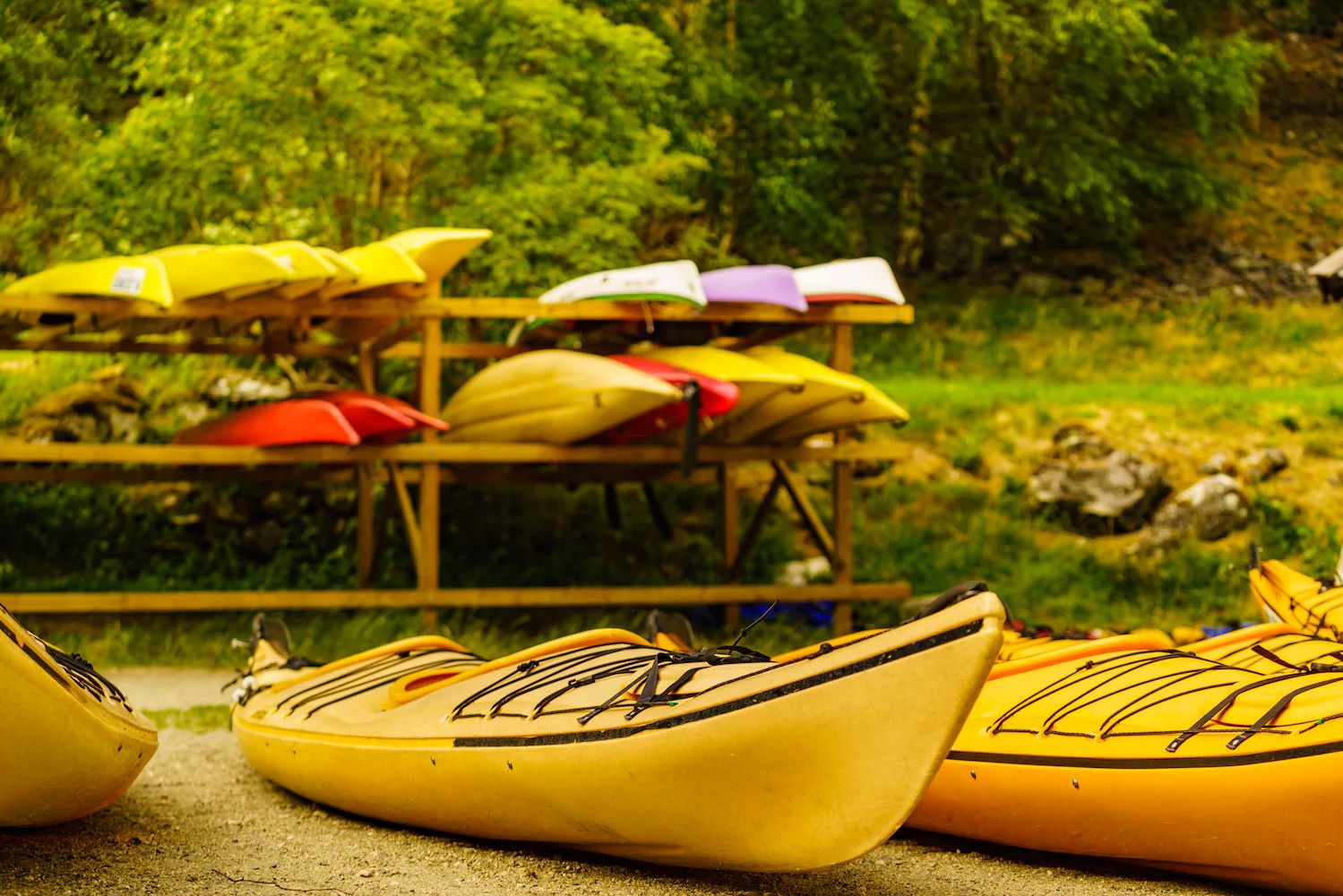
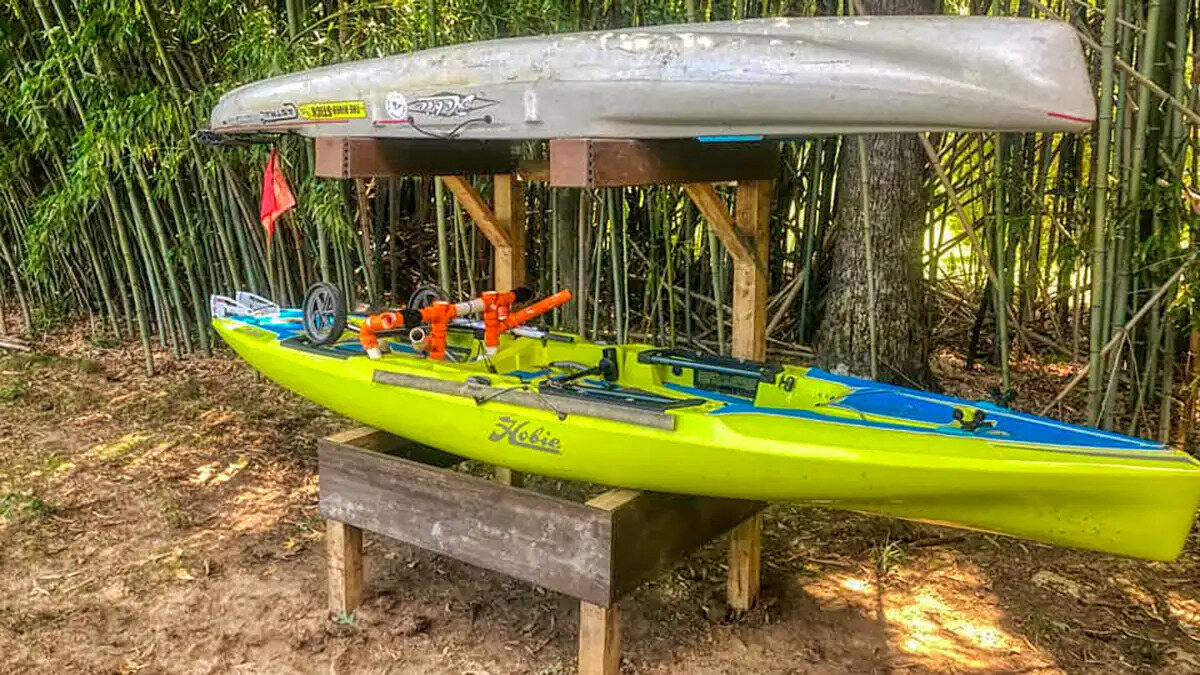
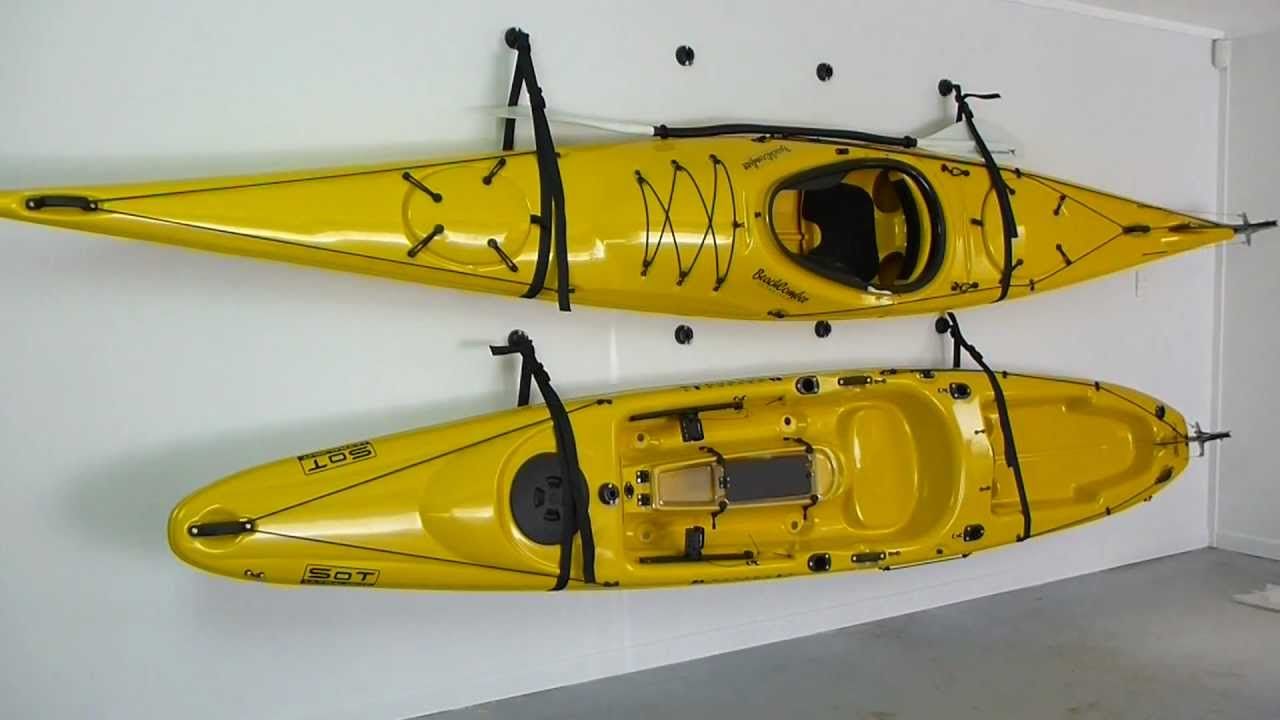
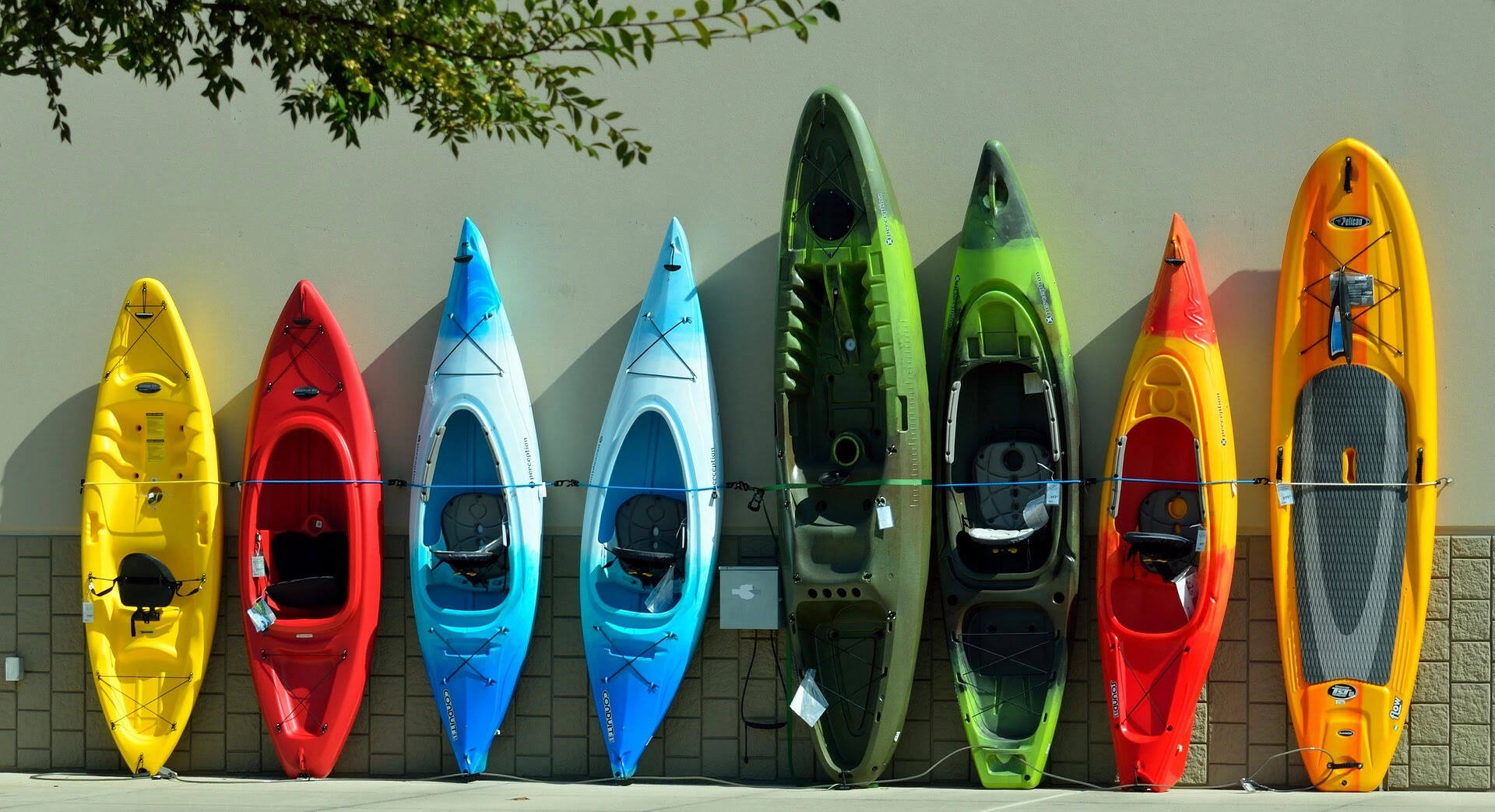
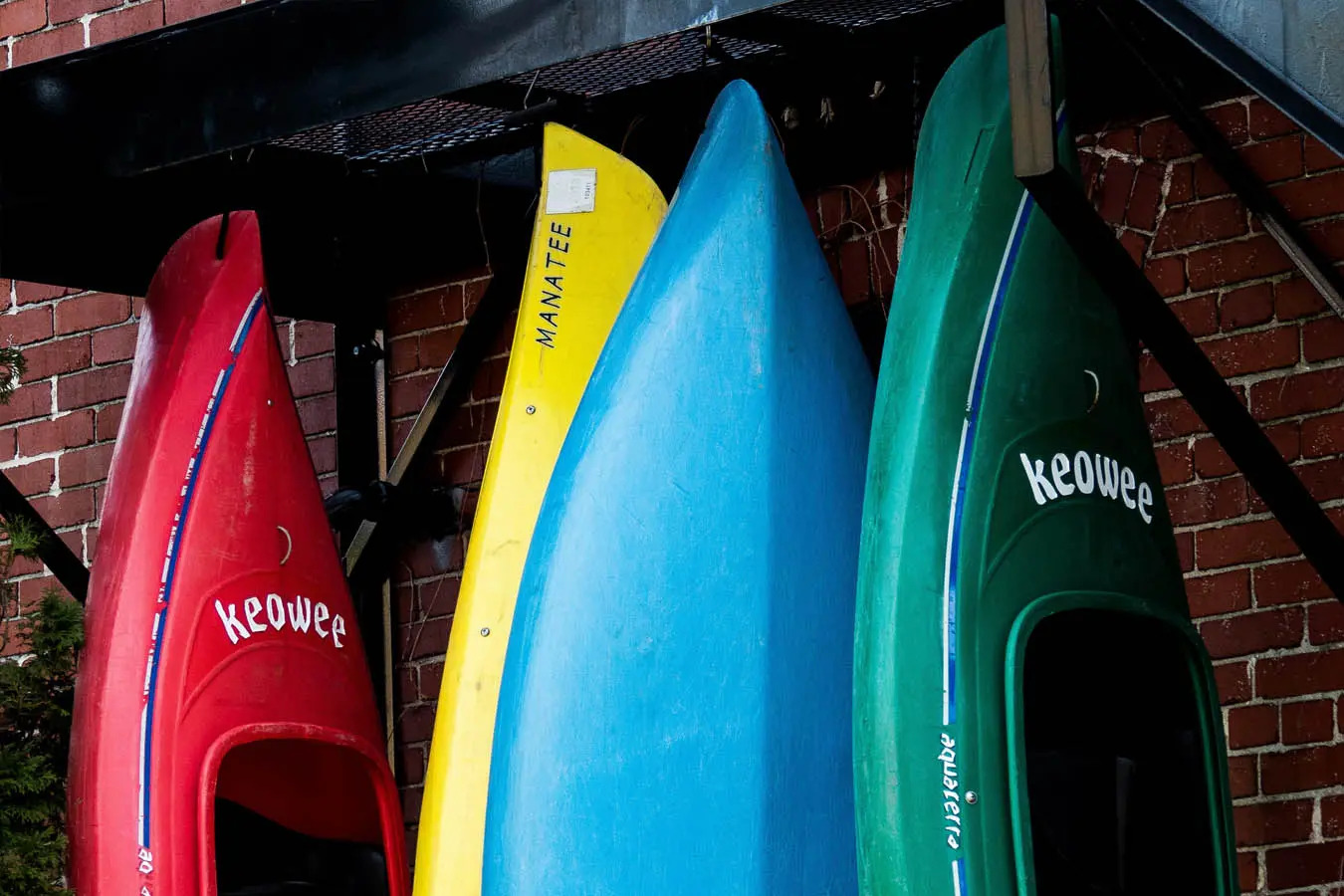
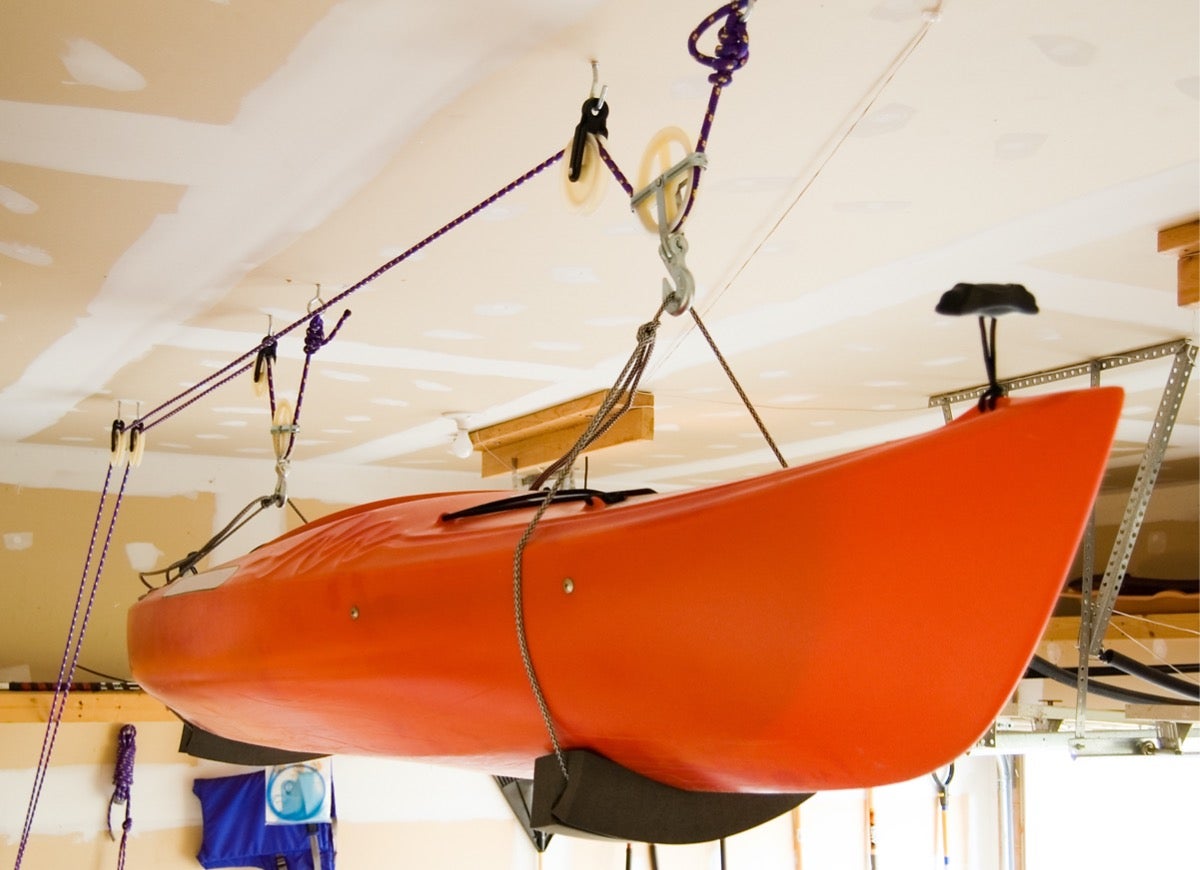
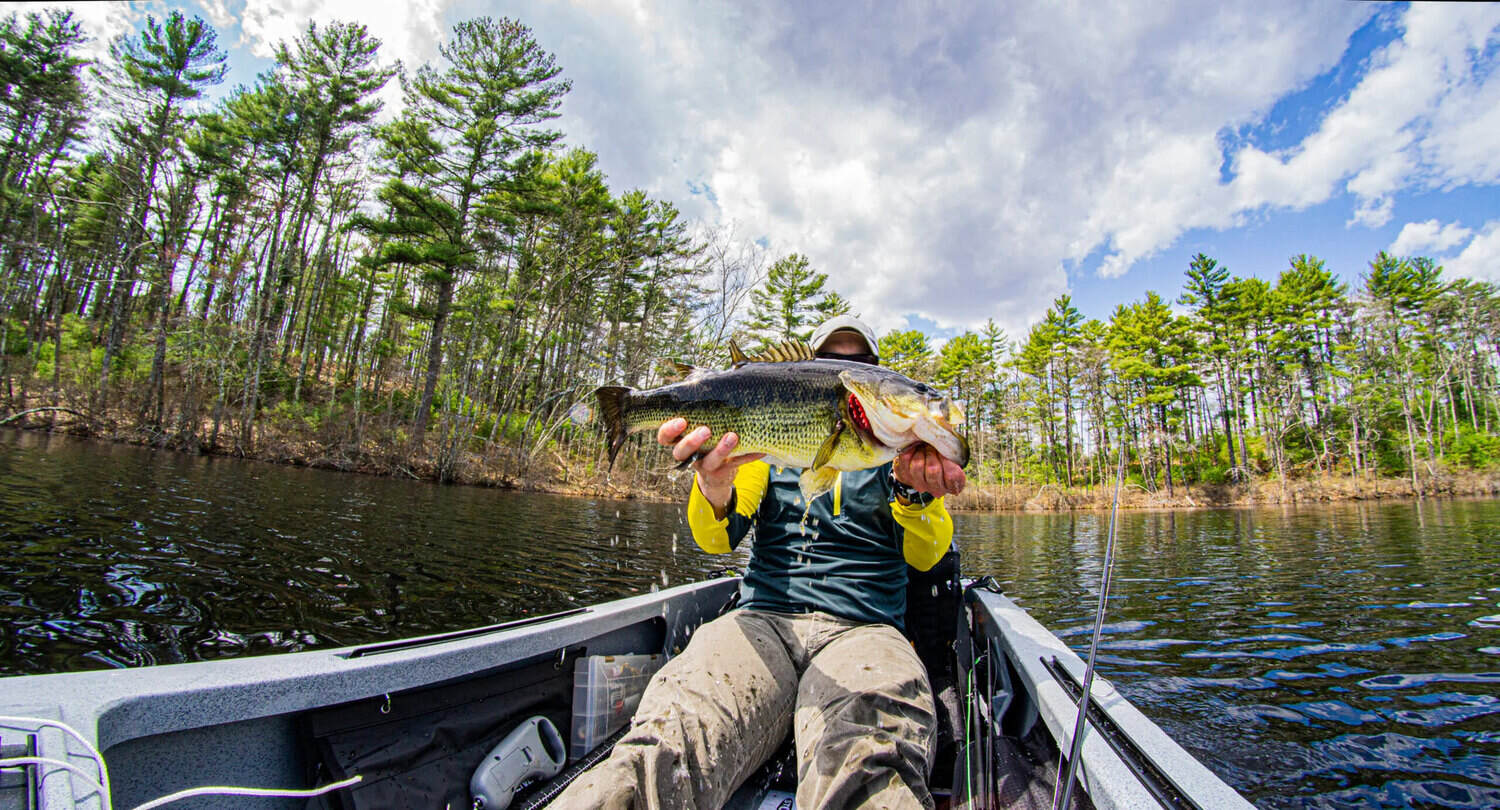
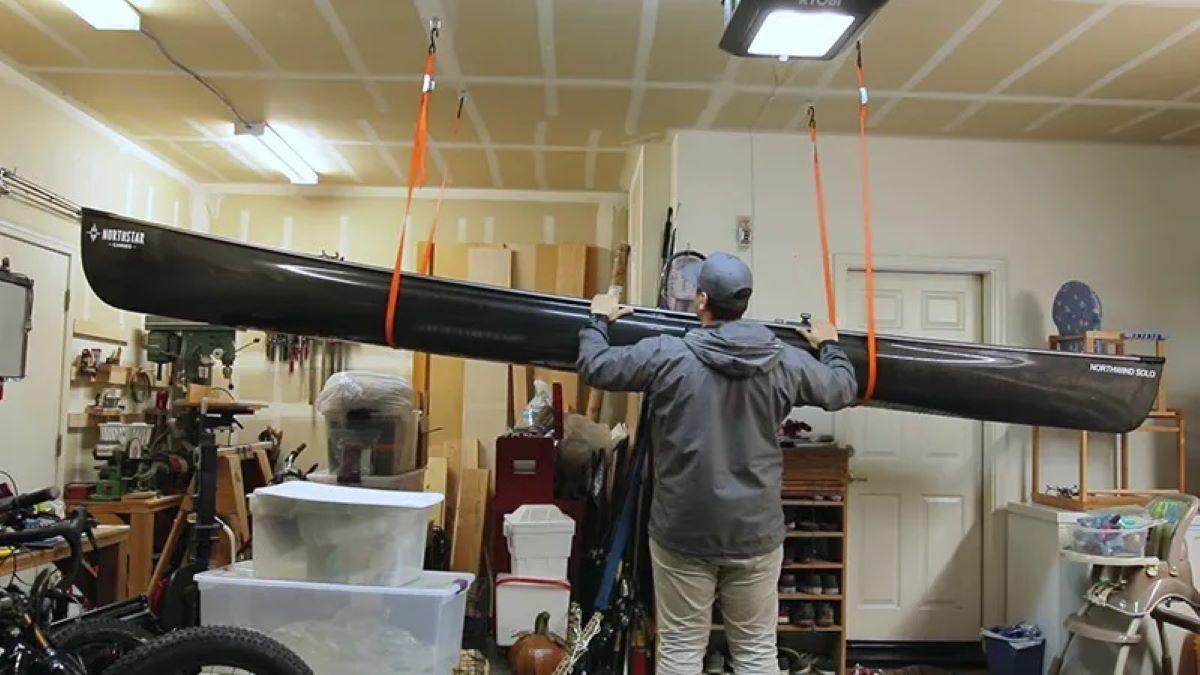
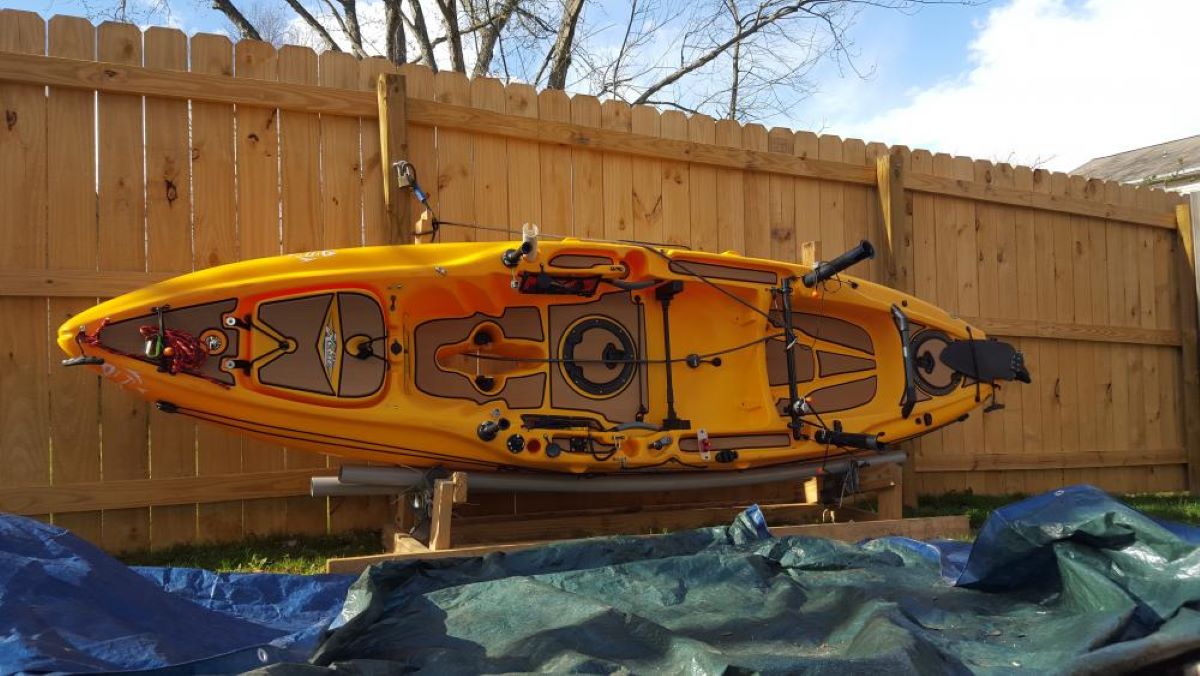
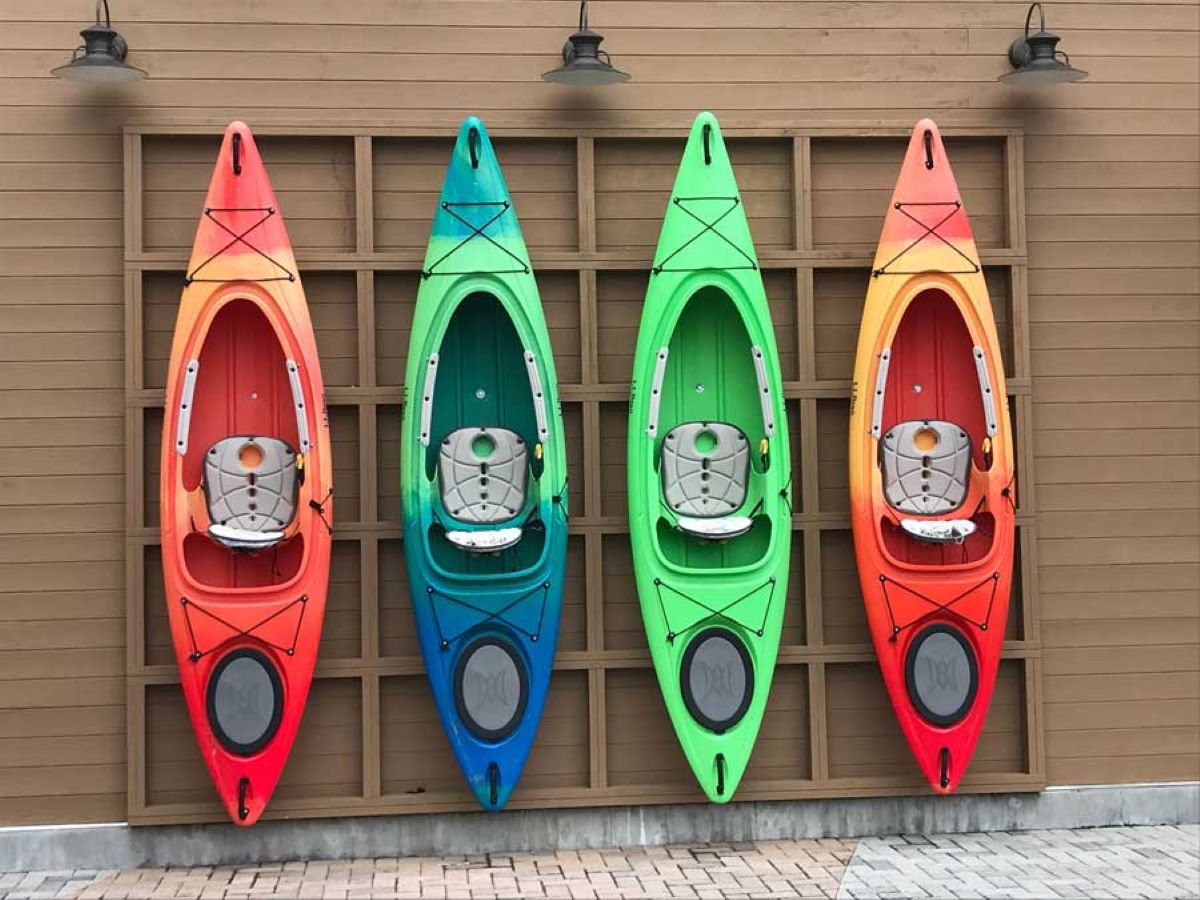
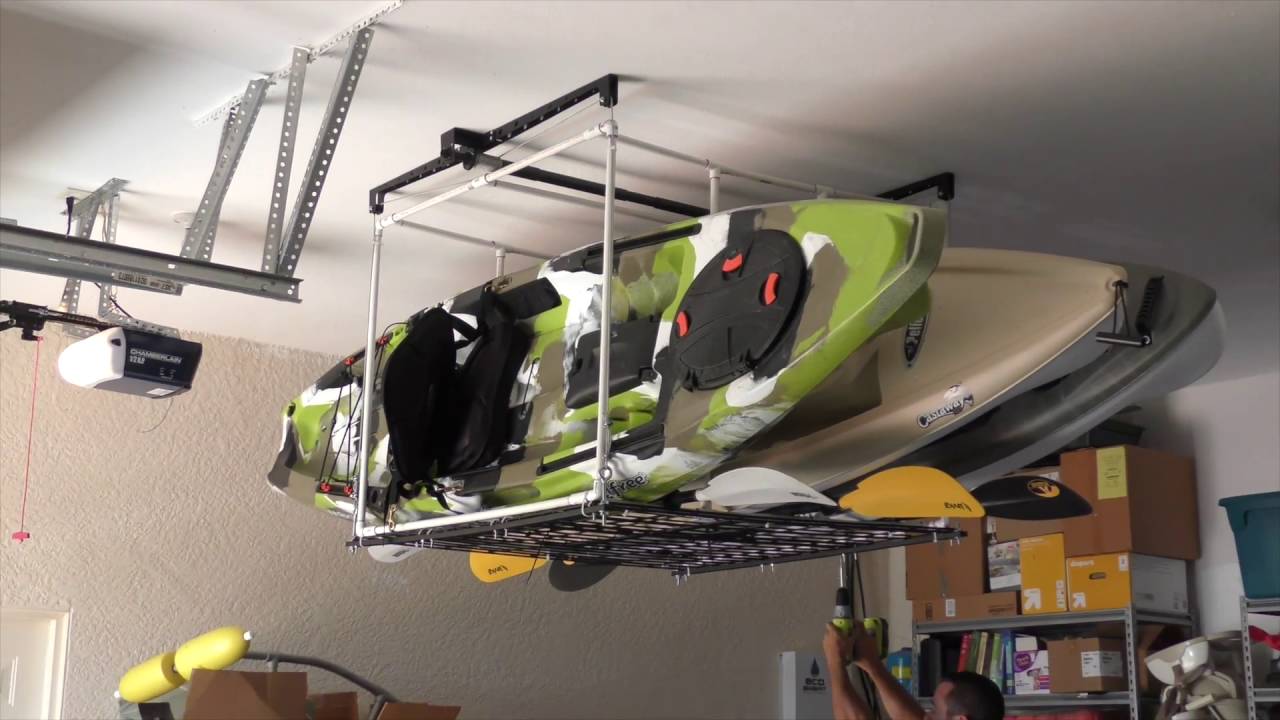
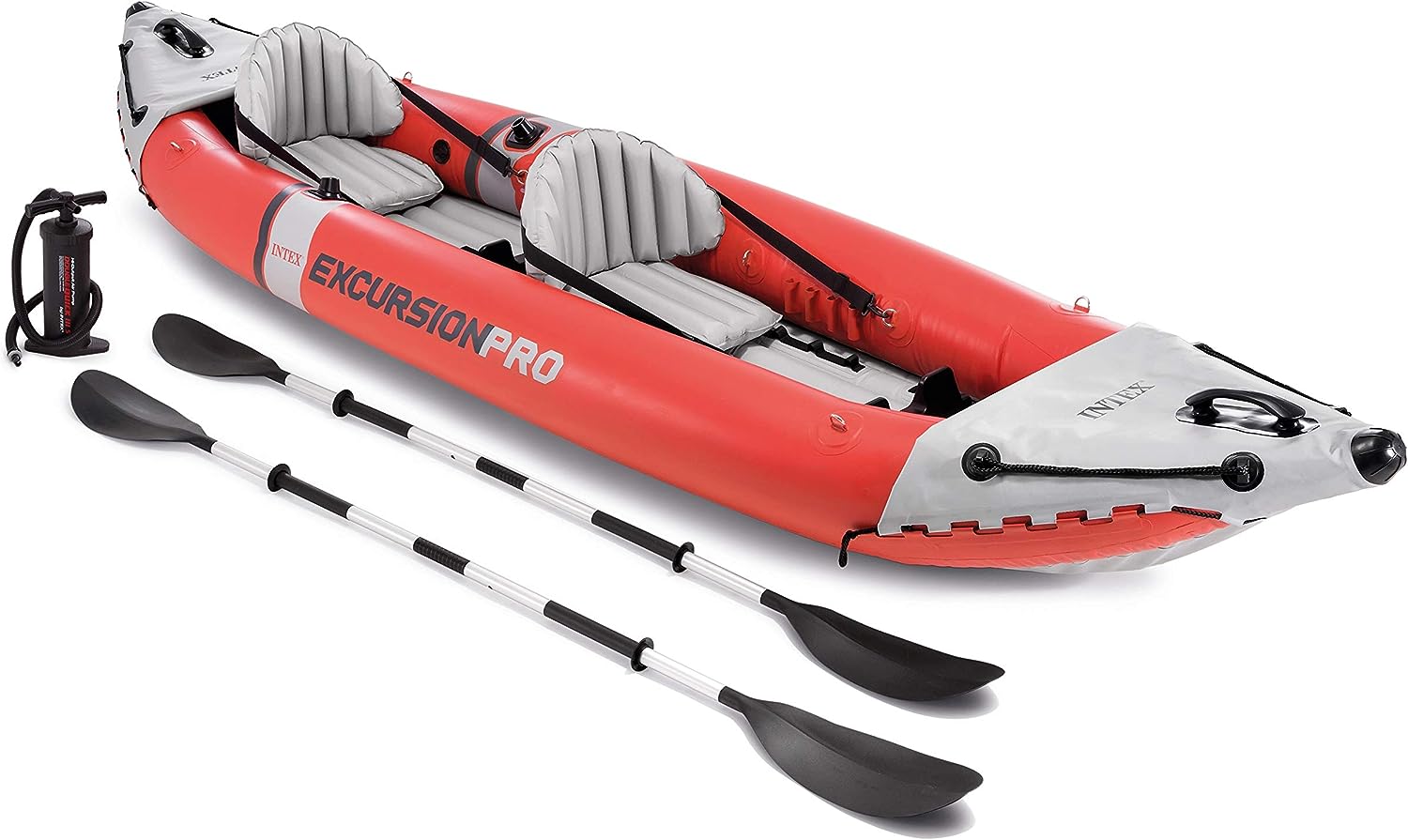
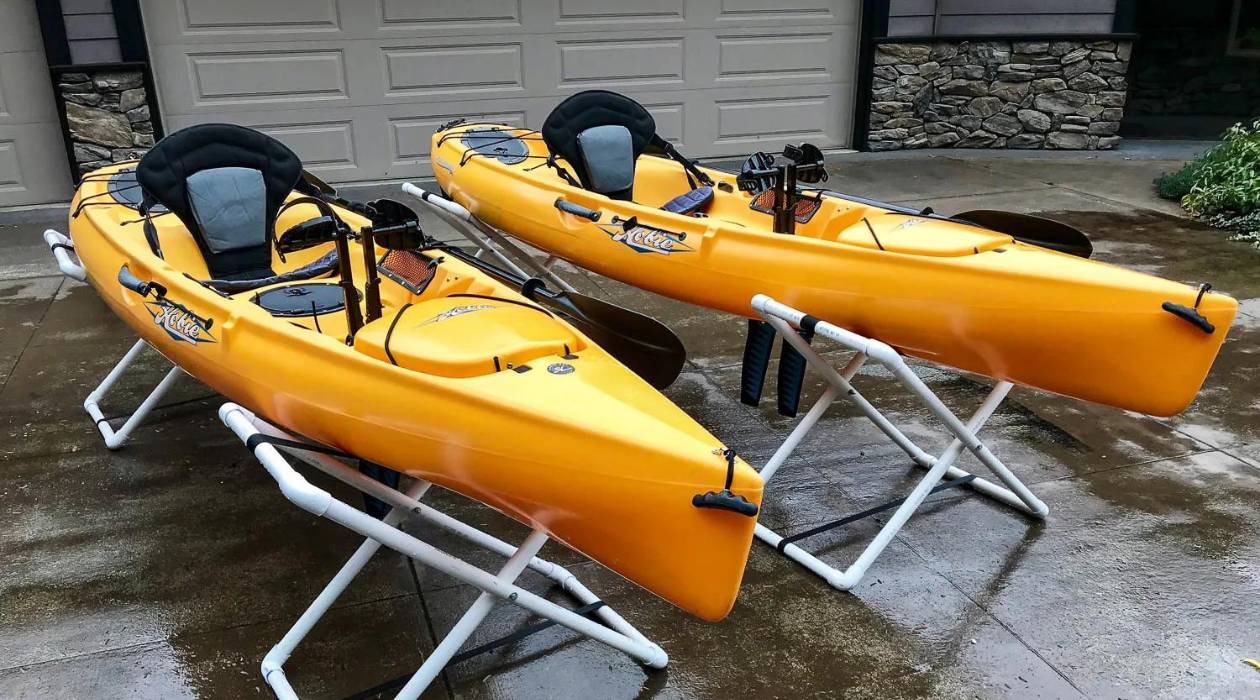
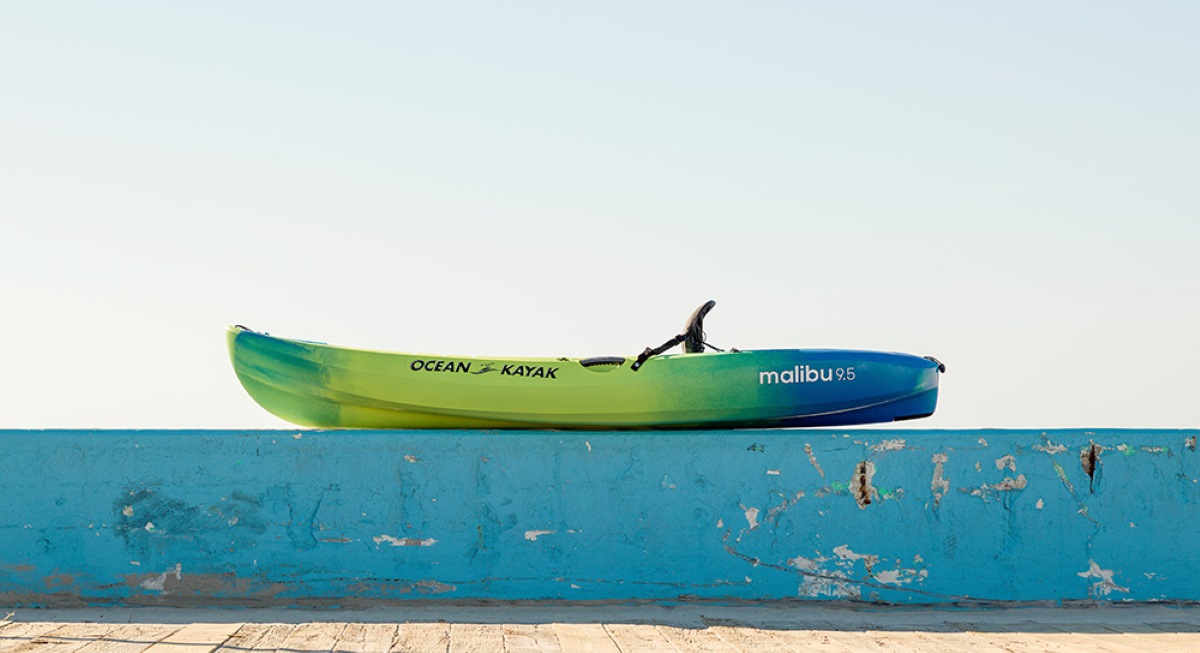

0 thoughts on “How To Store Kayak Outside”